
Tips on how to get kids to wear a face mask at school
- 2022-10-25
- 1453
Many parents in Forsyth County voiced their concerns over the past few weeks over their kids’ ability to keep their masks on when going back to school in August, but local pediatricians believe that, with a little bit of practice at home, kids can get through a day at school with a mask on without a problem.
Forsyth County Schools plans to start the new school year back on Aug. 13 — less than two weeks away — with a few restrictions laid out in the school system’s restart plan. As part of this plan, parents were able to choose whether their kids would attend classes virtually or in person for the year.
Vickery Pediatrics administrator Kevin McDonough said that it is important that the system is giving parents the choice.
“Each parent is going to assess risk in a different way, and they’re going to have a different situation at home,” McDonough said.
Some parents who have chosen to send their kids back to school, however, were worried or confused by the school system’s position on masks at school. The “Restart Forsyth” plan states that students and staff are “expected” to wear masks, but it also says that disciplinary action will not be taken for those that do not wear a mask.
Several pediatricians in the county said that, in general, children should be wearing masks when they go back to school.
“All of the evidence, what little that we have for a disease we’ve never seen before, shows very clearly that they [masks] certainly seem to help,” said Dr. Ann Contrucci, a board-certified pediatrician with nearly 25 years of experience. “Are they perfect? Of course not. Are they going to prevent every case? Of course not.”
Gearing up for school, many parents who have decided to send their kids back to the classroom have been left questioning: how can I be sure that my child will wear their mask and not touch their face during a long day at school?
While every family is different, local pediatricians agree that the best way to teach both younger and older kids is to normalize the use of masks at home.
Dr. Hiral Lavania, a board-certified pediatrician with One Family Pediatrics, off Peachtree Parkway, and member of the American Academy of Pediatrics, said that this process can be as simple as showing kids that wearing a mask is now a normal part of everyday life. Just as parents teach kids to wash their hands after using the restroom and to buckle their seat belt when they first get into a car, parents should teach their kids to put on a mask before going out or before walking into a building.
Lavania said that wearing a mask is not necessary at home, but she said practicing even inside could help get kids used to wearing a mask and let them practice not touching their face.
“If they’re practicing at home while they’re coloring or watching a show together, it just adds more practice and makes it more normalized,” Lavania said.
Contrucci also said that children might be more willing and excited to wear a mask to school if parents add some fun into the process.
“Get some fabric markers and make something cool on your masks,” Contrucci said. “What kid, especially a child in the ages of 6-10, doesn’t want to express themselves? Let’s have a contest at home to see who can come up with the coolest mask, or draw something that you love. Just something like that to get them wearing it and them be like, ‘how cool is this?’”
The American Academy of Pediatrics also recommended the idea to let both older and younger kids have fun with their masks, letting them show off their stylish or silly creations at school with their friends. Contrucci even suggested drawing masks on kids’ favorite cartoon characters or putting masks on their stuffed animals to show that wearing a mask is normal.
She explained that younger children also love to be “helpers,” so explaining in their terms that masks are important in keeping them and other kids safe and healthy will boost their desire to do their part and wear their mask to school.
Contrucci also emphasized that in order for parents to normalize wearing masks with their children, they also have to be mindful of negative comments that they are making about masks at home.
A national debate has sparked over the use of masks in public in recent months, and many simply find the mask hot or uncomfortable. Contrucci warns, however, that if parents approach masks in a negative light, it could discourage their kids from wanting to wear one. She explained that it is up to both parents and teachers to be the role model for masks as kids start to return to school.
Lavania said that while masks may be uncomfortable at times for both adults and children, they have been proven to work to help prevent the spread of COVID-19 along with other respiratory diseases.
“Not interjecting all of this craziness that people are interjecting and the politics of it because it’s really got nothing to do with politics,” Conrucci said. “And honestly, I think that’s the beauty of it. For children, they could care less about the politics of it.”
Lavania and Contrucci said that one issue that they see adults struggle with is finding a mask that fits correctly for their kids. Contrucci said that when looking for masks for a child even up to age 12, parents should purchase or make child-size masks, usually with a 5- by 10-inch covering. She said that masks should fully cover the nose all the way down to just below the chin.
“I mean, it’s not going to be tight, but you don’t want huge gaps on either side,” Contrucci said.
Lavania also recommended purchasing several masks for each child so that they can wash their masks after each use.
Both Lavania and Contrucci emphasized that while there may be rumors online about masks not allowing people to get enough oxygen, they said that there have been no studies published that prove those rumors to be true.
“All of the adults in the medical field have to wear one for eight hours a day, and as long as we’re not going outside, it’s usually not too bad,” Lavania said. “Surgeons wear them for even longer. Some surgeons are in a surgery for 12-14 hours wearing masks, so it’s doable. It’s just a matter of getting used to it.”
Lavania said that since most adults can wear a mask without trouble, most children can, too.
“Kids do get used to it, Lavania said. “I mean think about it, when you have children who have cancer and they’re in the hospital and they want to go play with the other kids, most of them are immunocompromised. And they have to wear masks to play with other kids. Same with kids who have cystic fibrosis and other chronic lung diseases. They can’t afford to get a cold.
“So kids have been doing it in various forms, just not the general public. But it’s possible. I just don’t know if a 3- to 5-year-old would stop touching their face, and I think you would have to start practicing a few weeks ahead of time if you want a child of that age to get used to a face shield or face mask. And not every child will do it either.”
McDonough and Lavania both emphasized that these decisions to wear masks and return to school are dependent on an individual family’s situation. Lavania said that she herself is sending her kids back to school, but she is requiring that they wear both a face mask and a face shield to protect their eyes from exposure to the virus.
The Center for Disease Control warns against cloth face coverings for children under the age of 2, and it explains that face shields should never be worn by newborns or infants. The American Academy of Pediatrics also noted that parents should reconsider using face masks for their kids if wearing one causes them to touch their face more than usual. Lavania and Contrucci said that kids can learn better at home not to touch their face, however, with practice.
“Frankly, it’s not the kids who have the problem, it’s the adults,” Contrucci said.
-
 2022-04-26Are air purifiers environmentally friendly ?
2022-04-26Are air purifiers environmentally friendly ? -
 2022-04-26The importance of wearing a mask correctly
2022-04-26The importance of wearing a mask correctly -
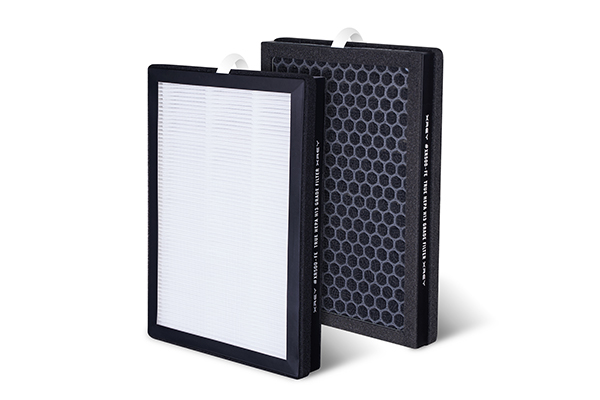 2022-04-27Connexions Air H13 True HEPA Filters
2022-04-27Connexions Air H13 True HEPA Filters -
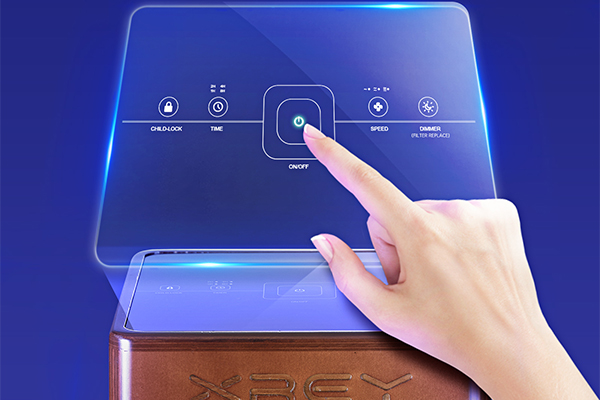 2022-04-29What is the use of anion function of air purifier?
2022-04-29What is the use of anion function of air purifier? -
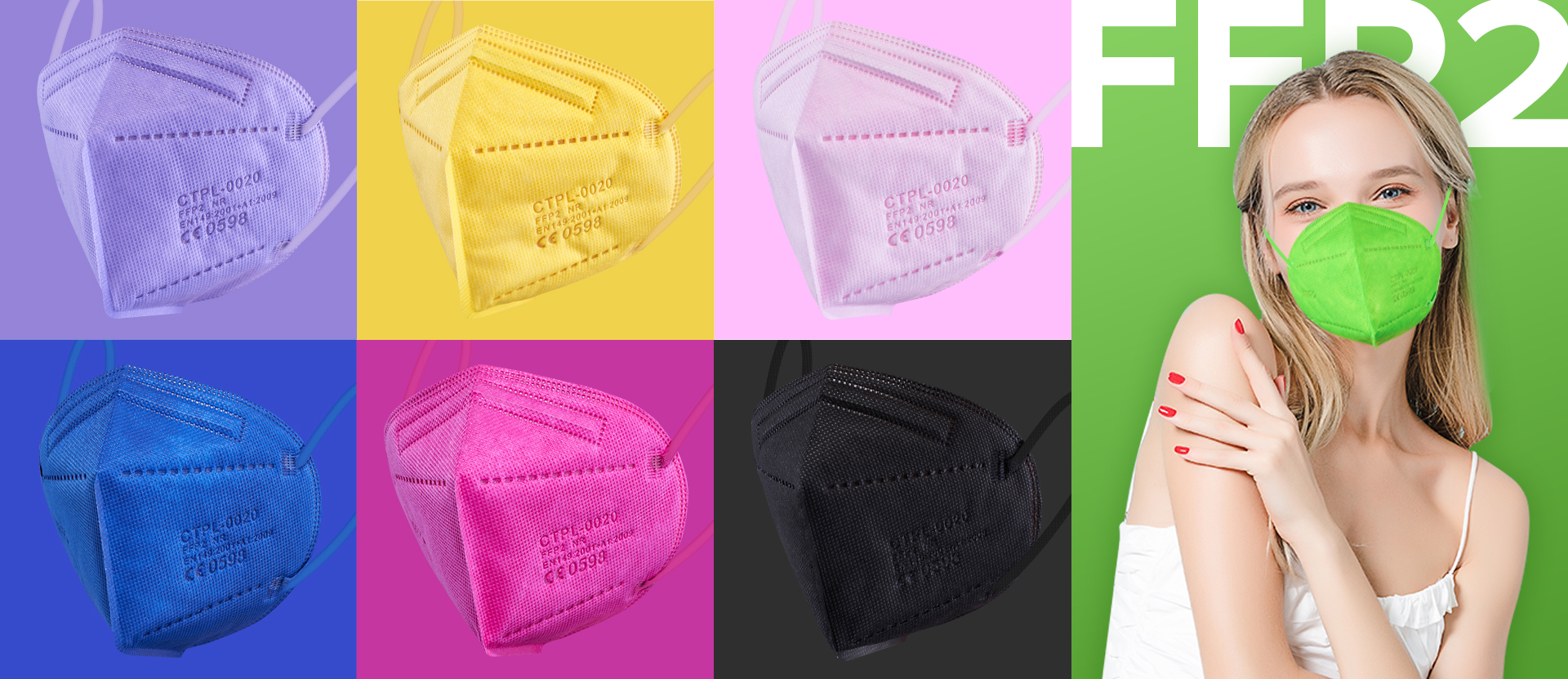 2022-05-08Standardize the wearing of masks, children should not be missed!
2022-05-08Standardize the wearing of masks, children should not be missed! -
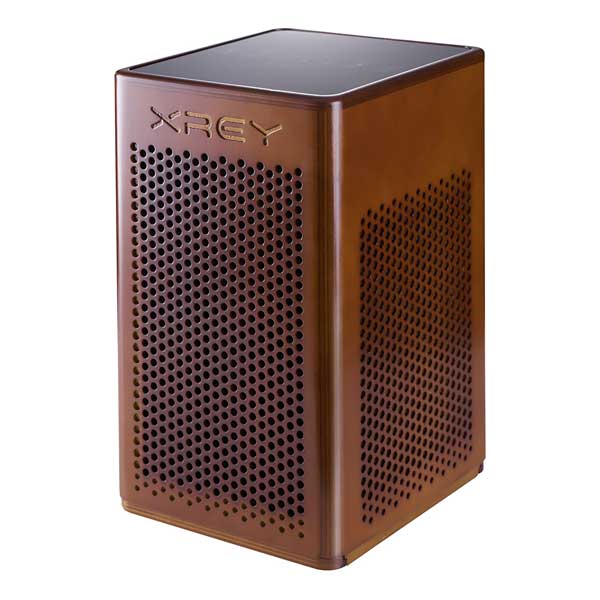 2022-05-16Hazy days, air purifiers are useful?
2022-05-16Hazy days, air purifiers are useful? -
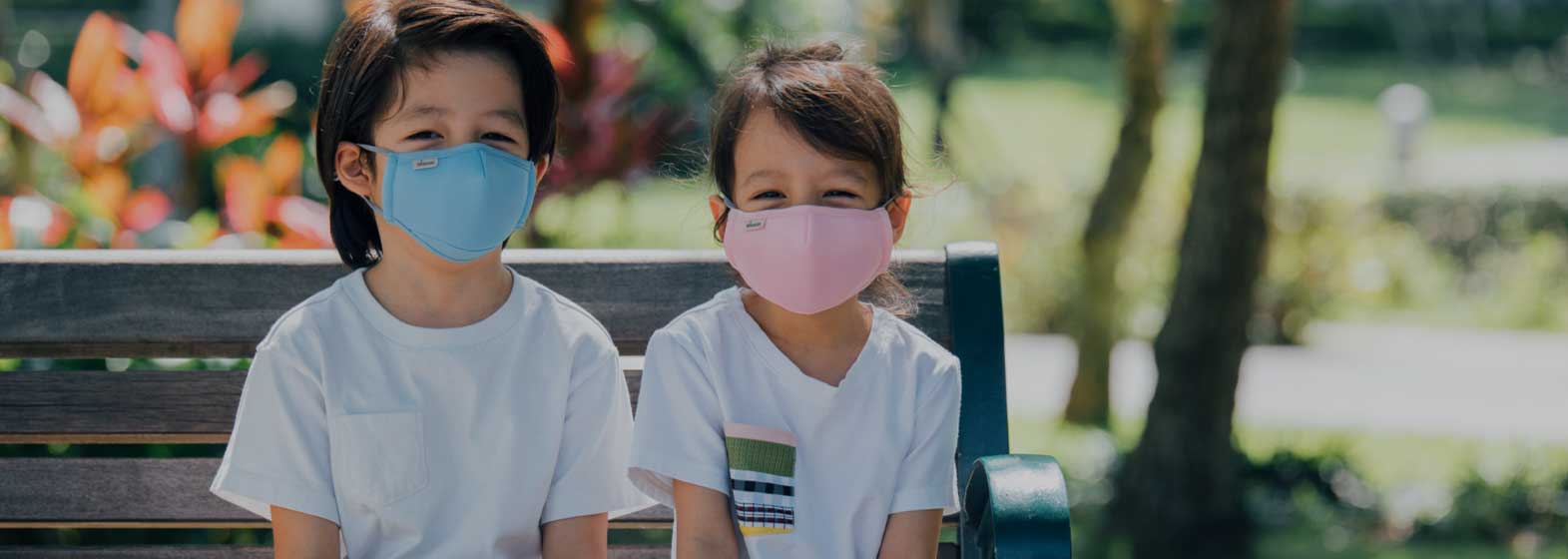 2022-05-16Attention everyone! Don't buy fake FFP2 masks! How do we identify?
2022-05-16Attention everyone! Don't buy fake FFP2 masks! How do we identify? -
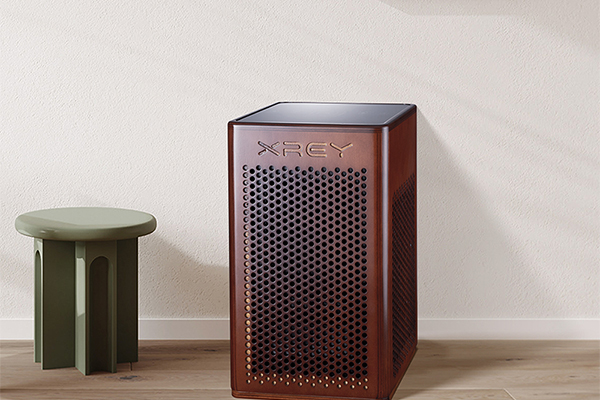 2022-05-17Pay attention to secondary pollution when using air purifiers
2022-05-17Pay attention to secondary pollution when using air purifiers -
 2022-05-17TOP5 pollutants that the purifier can purify
2022-05-17TOP5 pollutants that the purifier can purify
-
 2020-06-02Why do Face Masks Matter With This Coronavirus
2020-06-02Why do Face Masks Matter With This Coronavirus -
 2020-06-02How to Wear Mask
2020-06-02How to Wear Mask -
 2020-06-02Three Principles of Choice of Masks
2020-06-02Three Principles of Choice of Masks -
 2020-06-022020 Situation of Mask Market
2020-06-022020 Situation of Mask Market -
 2020-06-17What other preventative measures can you take to protect yourself from airborne substances?
2020-06-17What other preventative measures can you take to protect yourself from airborne substances? -
 2020-06-08The Advantage of Disposable Face Masks
2020-06-08The Advantage of Disposable Face Masks -
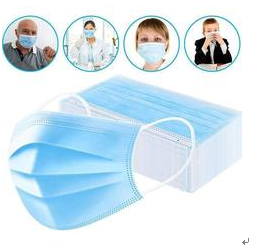 2020-06-093 Ply Disposable Face Mask & Soft & Comfortable Ear Loop
2020-06-093 Ply Disposable Face Mask & Soft & Comfortable Ear Loop -
 2020-06-17What are the regulations for surgical face masks?
2020-06-17What are the regulations for surgical face masks? -
 2020-06-09Do I need to wear a face mask if I am quarantined?
2020-06-09Do I need to wear a face mask if I am quarantined?
CONTACT US


Connexions Technology (Dongguan) Ltd.
We are always providing our customers with reliable products and considerate services.
If you would like to keep touch with us directly, please go to contact us
